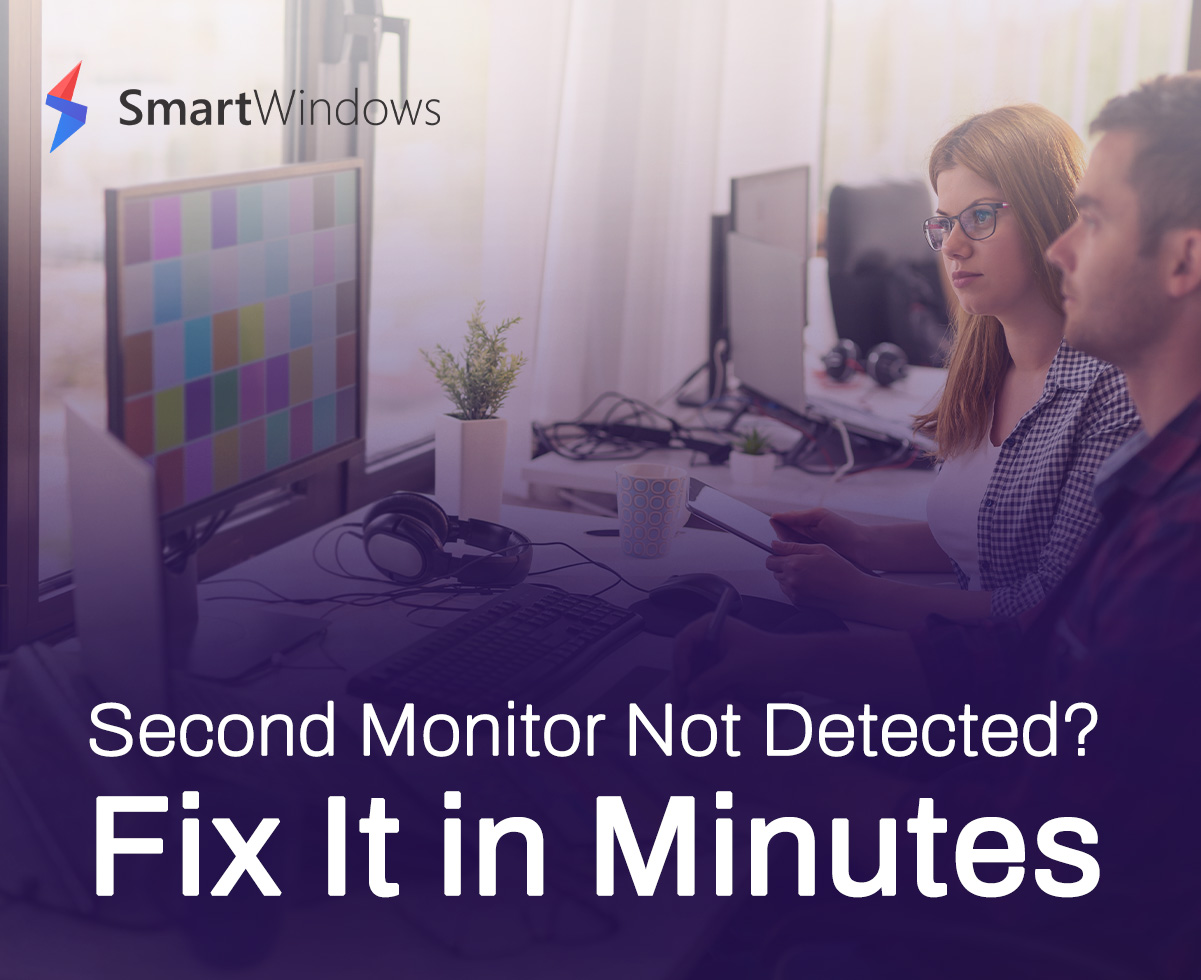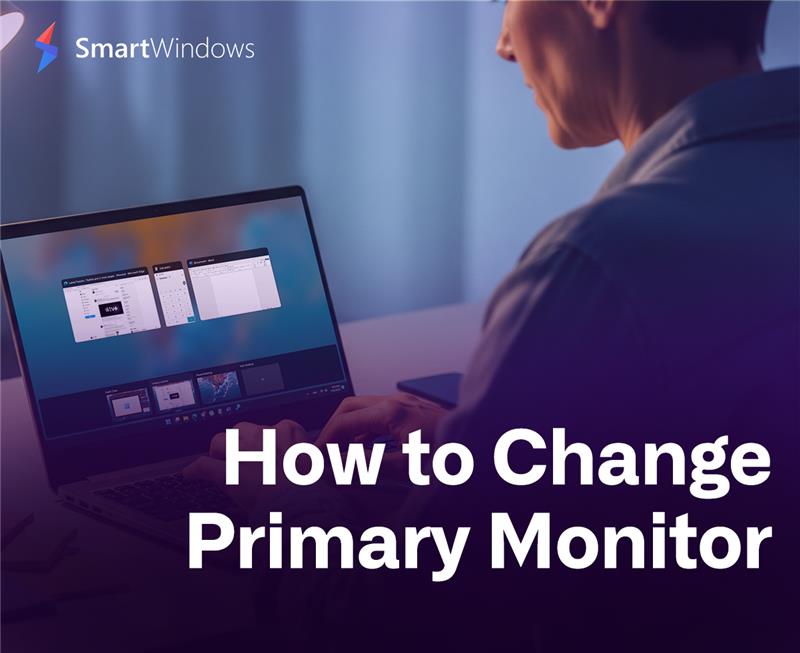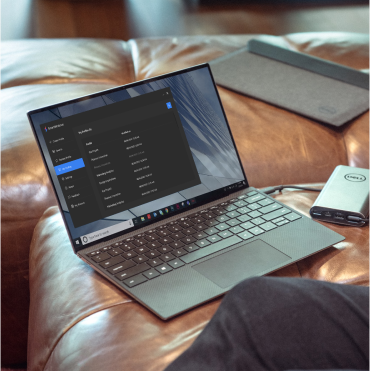Ever tried to plug in your second monitor and… nothing? No flicker, no recognition, just a cold blank stare from your screen. You’re not alone. The whole “not detecting second monitor” issue is surprisingly common—especially if you’re juggling a multi-monitor setup, dealing with driver quirks, or wrestling with the ever-shifting world of Windows updates.
This guide walks you through real, no-nonsense solutions to get that second display up and running. Whether you’re on a Windows 10 or Windows 11 machine, we’ll break it down in plain English—no geek-speak overload. Let’s fix it, yeah?
So, Why Won’t My Second Monitor Work?
Here’s the thing: there’s no single reason. It could be the HDMI cable. Or maybe your graphics driver decided to nap. Sometimes, Windows itself just forgets to talk to your external monitor.
Let’s run through the top culprits:
- Faulty HDMI/DisplayPort/VGA cable
- Display settings not configured properly
- Outdated or corrupt display drivers
- Windows update reset your display settings
- Your second monitor is in sleep mode or not powered on
And yes, it can also be that your PC is set to extend the display—but it’s still stuck thinking you’ve only got one screen.
Step-by-Step Fixes (That Actually Work)
Check Your Connections First
Start with the basics. Is the cable actually plugged in properly? Sounds dumb, but loose ports happen—especially with bulky monitor plugs that wiggle out over time.
Try:
- Unplugging and re-plugging both ends
- Switching to another HDMI or DisplayPort cable
- Plugging the monitor into a different port if your GPU has more than one
Also, test your second monitor on another PC/laptop to rule out hardware failure.
Force Windows to Detect It
Sometimes Windows needs a little push. Head over to:
- Settings > System > Display
- Scroll down and click Detect under “Multiple Displays”
Still no luck? Let’s dig deeper.
Update Display Drivers (Seriously, This Works)
If your dual monitor setup isn’t working, it’s probably a driver issue. You can update manually or let Windows try its luck.
- Right-click Start > Device Manager
- Expand Display Adapters
- Right-click your graphics card > Update Driver
Or better yet, head to your GPU manufacturer’s website (NVIDIA, AMD, or Intel) and grab the latest driver directly. This helps especially when external monitor isn’t recognized but everything else seems fine.
Set Correct Display Mode
Press Windows + P and choose the correct mode:
- PC screen only
- Duplicate
- Extend
- Second screen only
Weirdly, switching to “Extend” and then “Duplicate” again often fixes the issue. It’s like shaking the Etch A Sketch of your display config.
Roll Back a Windows Update
Sometimes your monitor detection issue starts after a Windows update. Coincidence? Nope.
You can try rolling back:
- Settings > Update & Security > Recovery
- Click Go back to the previous version if available
And yes, SmartWindows plays well with both newer and older Windows builds. If you’re using it, you’ll probably avoid these annoyances in the future.
Adjust Resolution and Refresh Rate
If your screen flashes and then stays black, it might be set to an unsupported resolution or refresh rate.
- Go to Settings > System > Display
- Scroll down and click Advanced Display Settings
- Make sure both monitors have supported resolutions
Common mistake? Setting a 4K resolution on a 1080p monitor. The result? A very confused screen.
Clean Boot Your PC
This one’s underrated. If a third-party app or driver is messing with your display settings, a clean boot helps isolate the problem.
Use msconfig to disable all non-Microsoft services and reboot. If the monitor works now, something you installed is the culprit.
When It’s Definitely a Hardware Issue
Sometimes it’s not software. Maybe the monitor’s power supply is dead. Or the port on your laptop is fried.
Test using another monitor or use your second screen as the primary monitor via Settings. If Windows still can’t detect it? Time to think repair or replacement.
SmartWindows: Your Backup Plan (That Should Be Your Primary Plan)
Let’s be honest—multi-monitor setups can get frustrating real quick. And restarting your PC every time the second screen goes AWOL? Not fun.
SmartWindows helps you save your window positions, remember how apps were spread across your monitors, and restores them with a single click—even after a reboot or cable hiccup. It’s built for people who want their workspace just so and don’t want to keep dragging apps around all day.
Plus, it’s especially handy if you:
- Frequently disconnect and reconnect displays
- Switch between desks and docking stations
- Have specific workflows across screens (design, dev, finance)
Wrapping Up: Fix It and Move On
You’ve got stuff to do. Deadlines don’t care if your second monitor isn’t detected.
So next time Windows acts up, walk through the steps:
- Check your cables
- Update drivers
- Tweak settings
- Use SmartWindows
Your dual monitor productivity dreams don’t have to be a nightmare.



